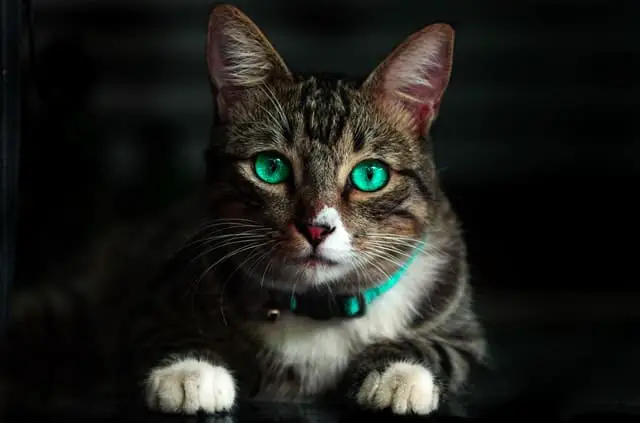
A cat that crawls its butt on the ground like dogs? The reasons may be different and it could even be a health problem – here’s how to find out.
Cats are usually distinguished from dogs not only in attitude and character, but also in behavior, but apparently sometimes they have very similar, if not the same, behaviors. In fact, it can happen that the cat, as well as Fido, ‘exhibits’ in the movement of the wheelbarrow. When the cat crawls its bottom on the ground, however, it may be because it is in pain or another health problem. That is why it is important to pay attention to how this movement and how often. Here’s everything you need to know on the subject.
The movement of the wheelbarrow: a common point between cats and dogs
Hind legs forward, pelvis forward and away with the front legs advancing: this is the movement of the wheelbarrow, a typical behavior of dogs. But apparently it’s not just their prerogative! Although less widespread and common, cats do too. Unfortunately, the underlying causes of this attitude may also be the same, so after having a look at the cat’s anal area, it is advisable to contact the veterinarian and arrange a visit.
Of course, if the cat does a one-off wheelbarrow, you absolutely must not be impressed: it could be just a momentary annoyance, such as the presence of an annoying insect that has rested right there! But if we notice that the cat tends to repeat this behavior, and moreover in the short interval between one time and another, then we must go deeper to find out the causes.
The cat rubs its butt on the ground: the possible causes
We might be surprised to discover even apparently ‘irreconcilable’ causes that can lead a cat to rub its butt on the ground and advance in this way. As already mentioned, the causes can be the same in dogs too, so it’s best to have your veterinarian’s number on hand. If, on the other hand, the cat in question suffers from paralysis of the hind legs then we can only consider it normal that it moves in this way. In the case of a healthy cat then we focus our attention on its anal area.
- Itching: actually the problem of itching is quite generic. It could in turn be considered an effect of another cause. If accompanied by continuous licking, attempts to reach and touch the area with the paw and general inflammation of the part then it is worth contacting the expert.
- Faeces residues: it happens especially in long-haired cats, that faeces residues stick to that area. On the other hand, it is not practical for them to clean themselves, so maybe with a little care and attention we can clean the part with wet wipes, just after its needs.
- External or gastrointestinal parasites: parasites in cats cause allergies, bacterial infections, neoplasms, but also digestive disorders etc. A sample of the damaged tissue should be taken and analyzed with a culture. It could be giardia, coccidium, tapeworms and hookworms: only a specific examination will be able to recognize them and eliminate them permanently, to avoid the risk of relapse.
- Allergy: this cause is also rather generic due to the variety of allergens. From dust to mold, pollen, grass to fleas, the causes can be so many and different, without thinking about food intolerances and allergies. In fact, if it is a food-related problem, it is usually recommended to eliminate cereals from its diet or to vary its diet by alternating fish with white meat and beef.
- Perianal abscess: often derives from an infection of the paranal glands, or from the presence of foreign bodies or from a wound. In the first case, the paranal glands can be full or obstructed: usually a dark part protrudes from the anal area and remains attached, growing, to the anus. If the anal glands, which contain an oily and smelly substance used to mark the territory, do not empty, they tend to swell and become inflamed (often happens in overweight cats).
The cat rubs its butt on the ground: remedies

Our role, as masters, cannot be limited to being spectators of this funny attitude because it could be a health problem. So the first thing to do is to check that the anal area is not inflamed, scaly and there is no hair loss. If we notice any faeces residues attached to the cat’s fur, we will immediately remove them. Same goes for external objects that can get trapped there.
If the appearance of the anal area appears apparently ‘normal’ it is likely that the cause is internal, so we must consult the expert’s opinion to understand what to do. If there are traces of fistulas or abscesses, the doctor will certainly try to understand if it is a problem related to the emptying of the glands. Obviously he will also have more familiarity in handling the cat, which will not show pleasure in being touched by inexperienced hands!






